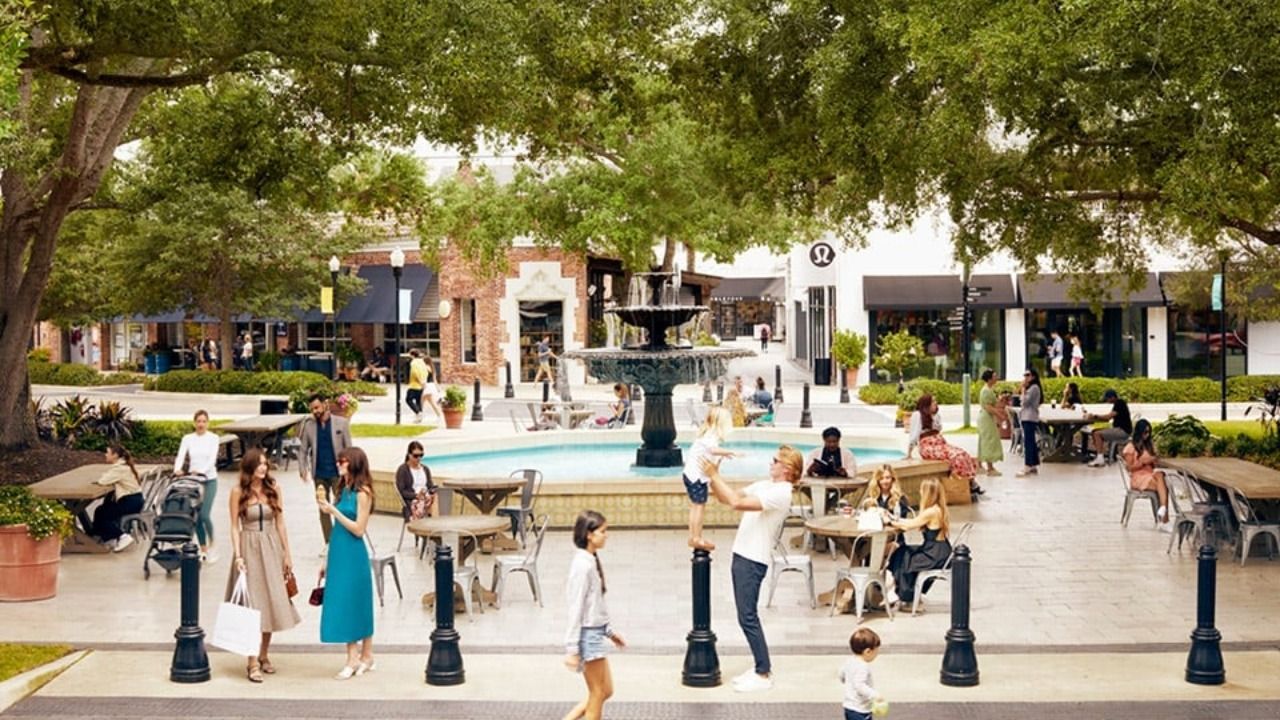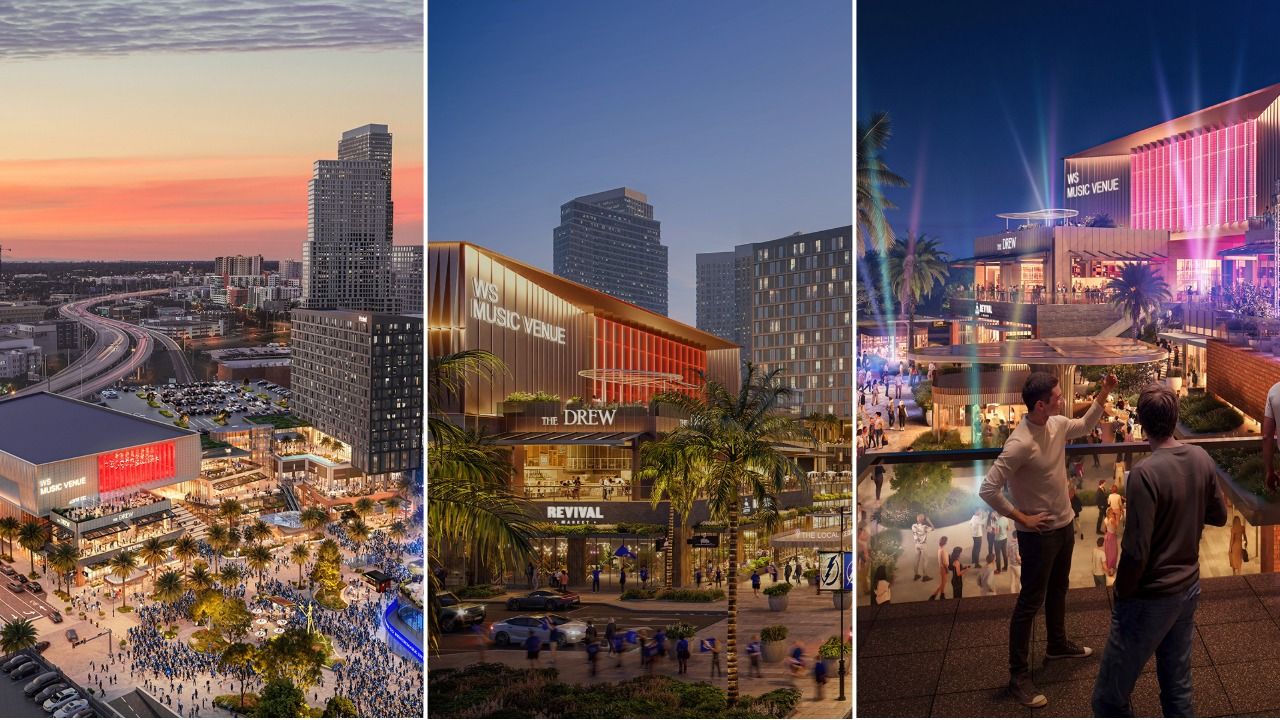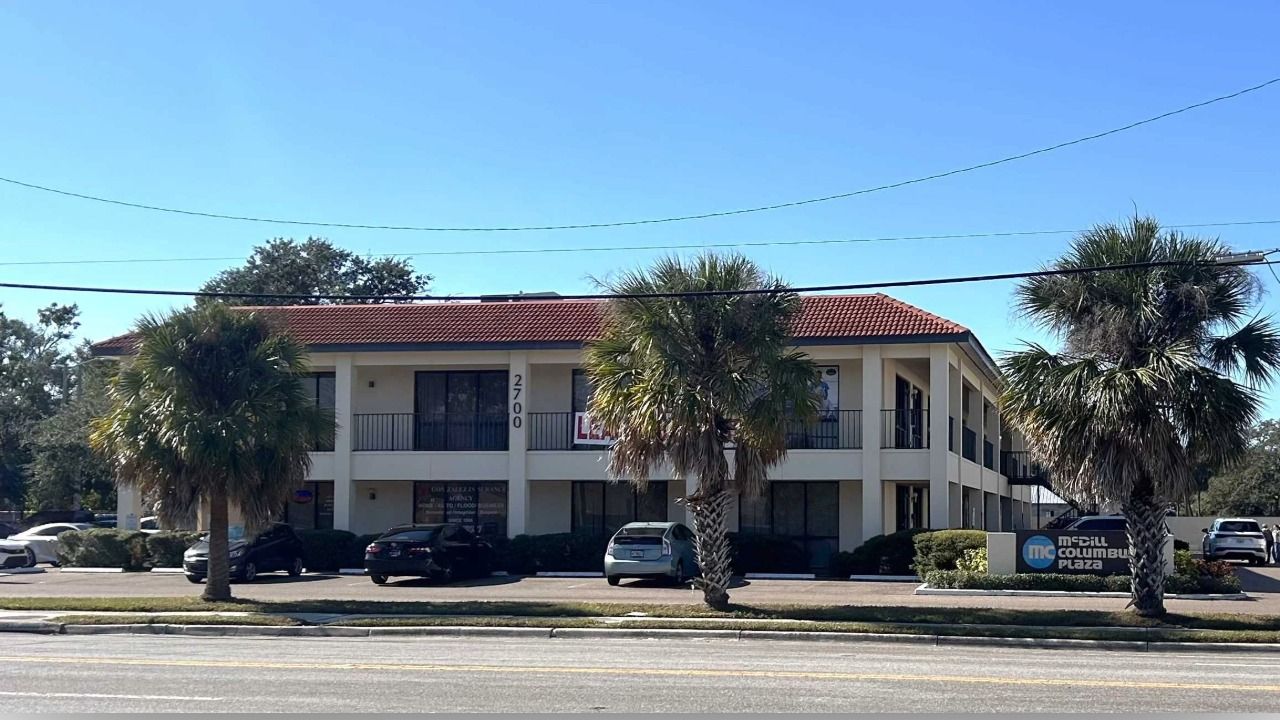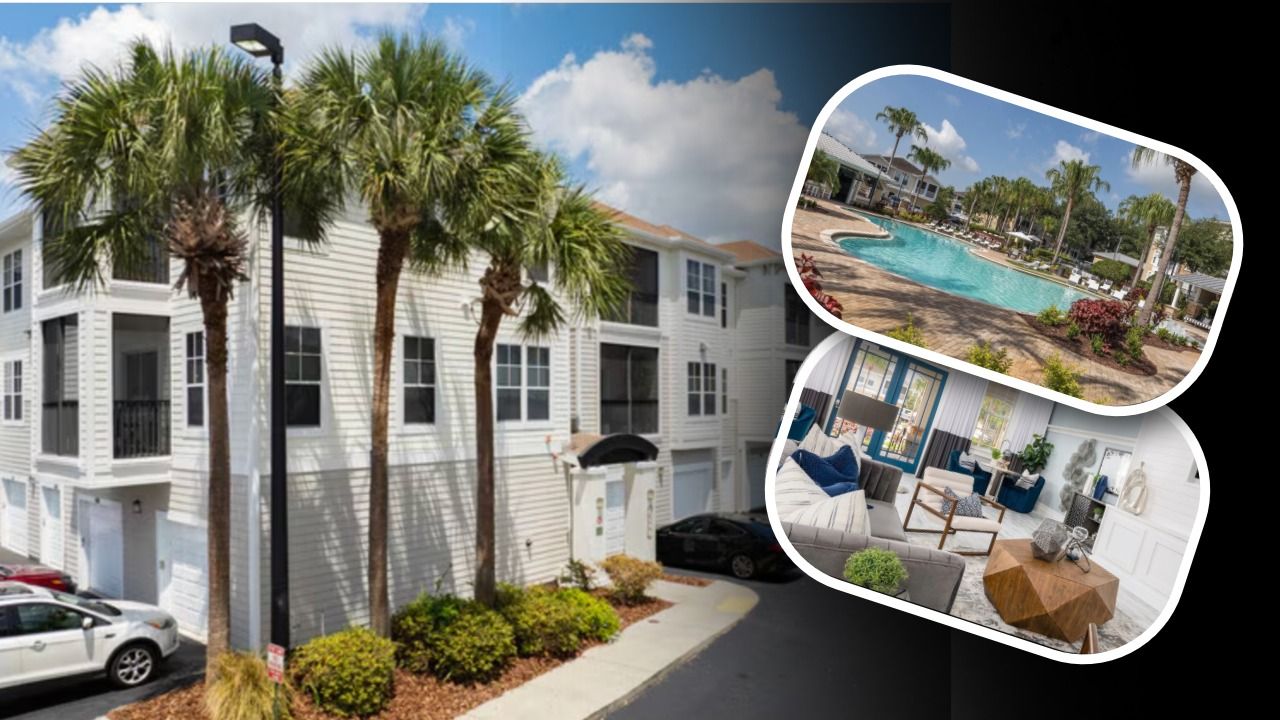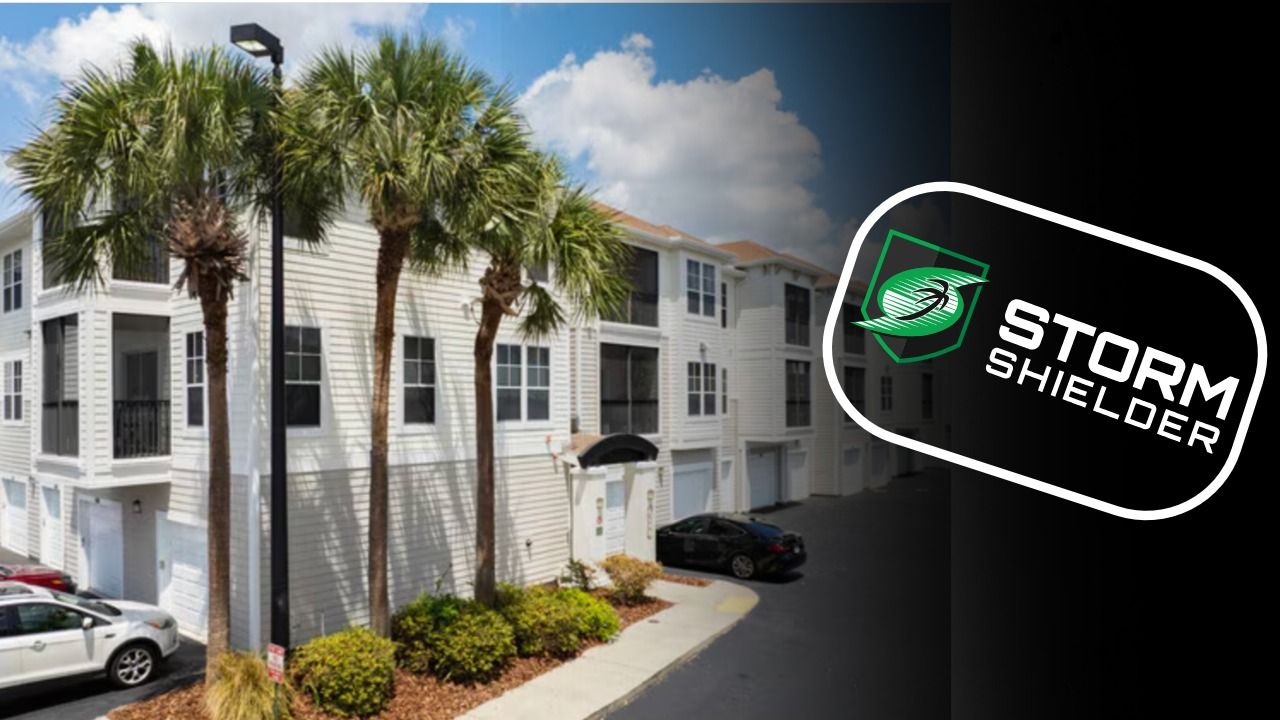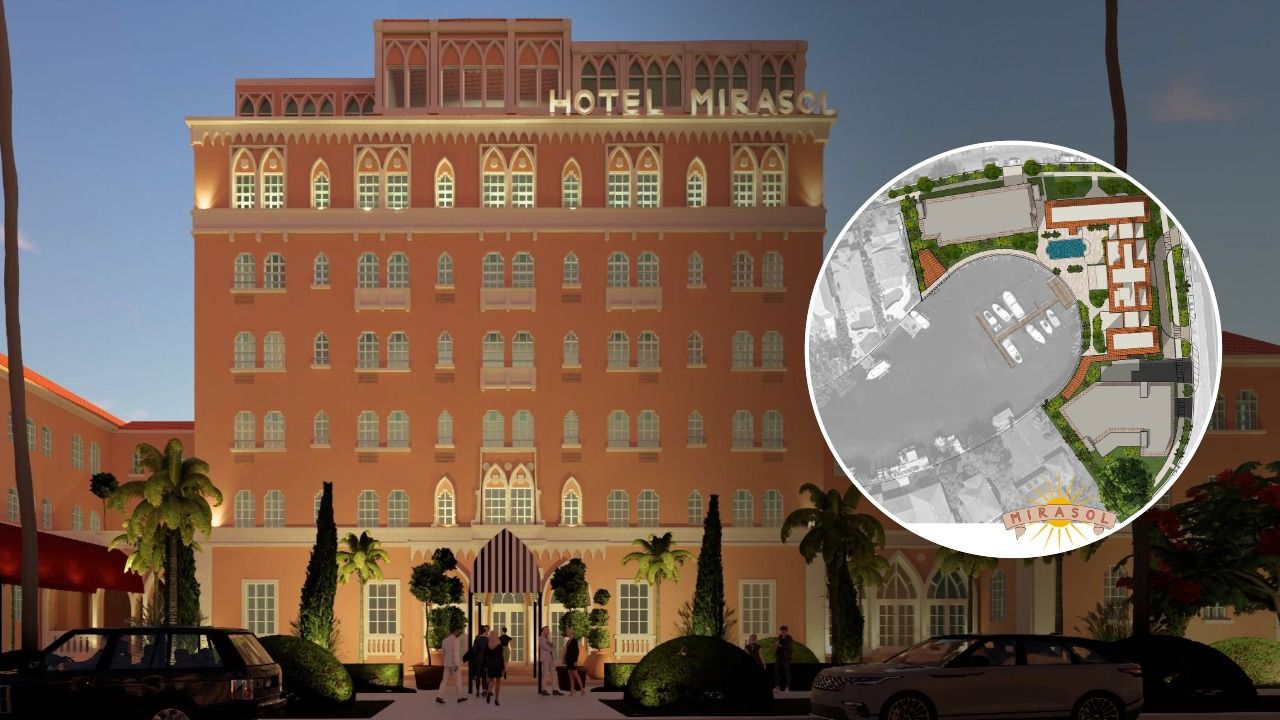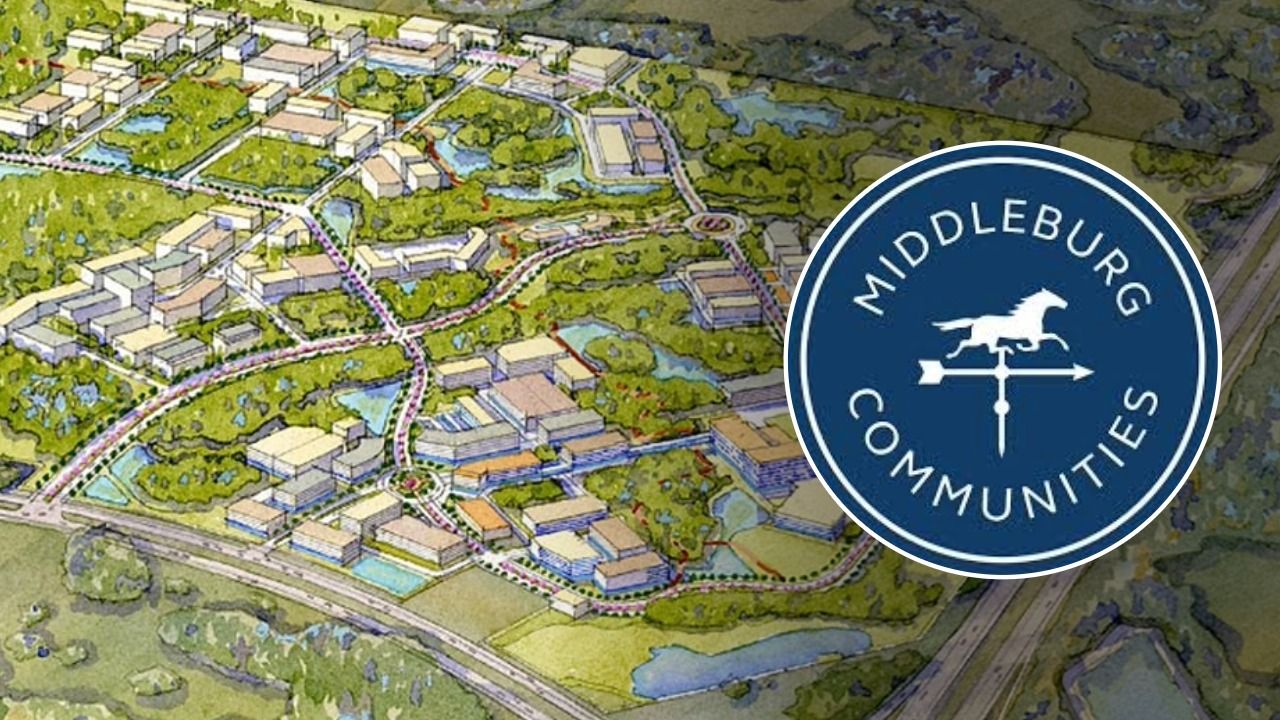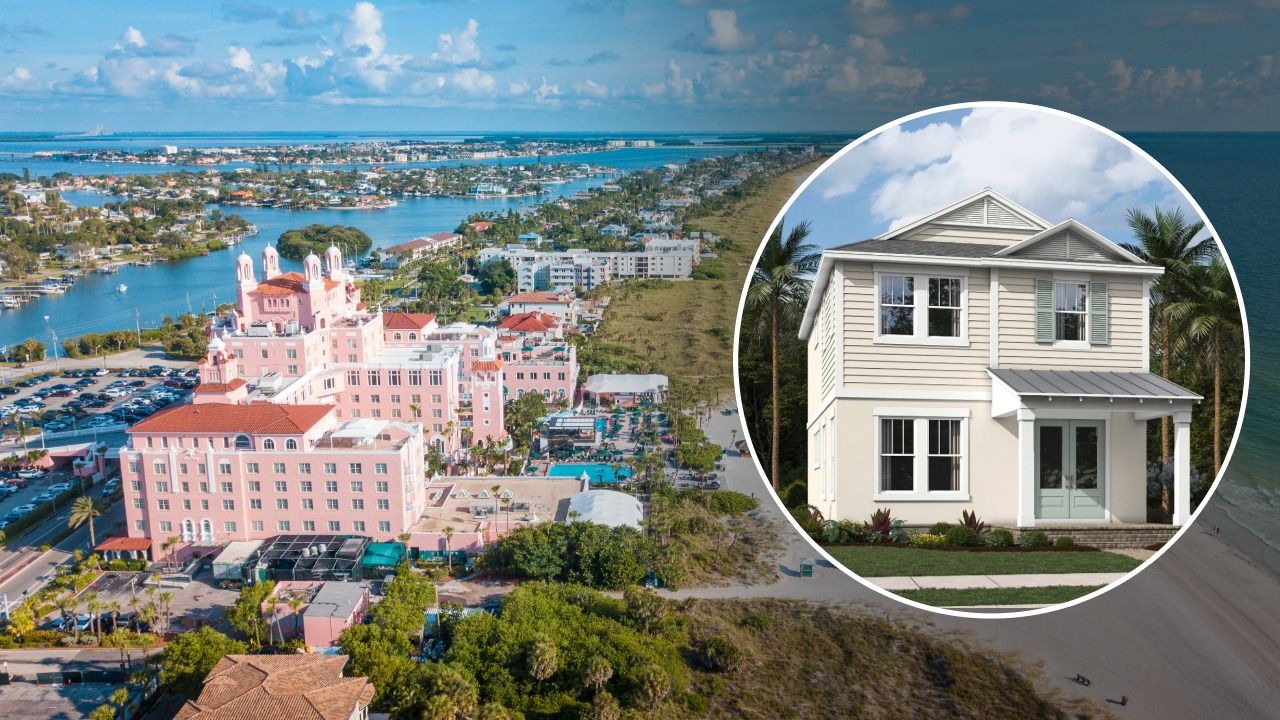By Garrett Gilkey, founder and owner, Gilk Design Build
In Florida, where the threat of hurricanes and extreme weather is ever-present, resilient design offers decision-makers confidence in real estate investments. By going beyond basic safety features, resilient construction addresses the unique challenges posed by the local climate, ensuring that properties can withstand even the most severe conditions. This proactive approach not only protects the physical structure but also preserves the long-term value of the investment, reducing repair costs and mitigating potential losses. With resilient design strategies in place, investors can feel secure knowing their assets are safeguarded against escalating risks, providing stability and peace of mind in an unpredictable environment.
Why Resilient Design is a Strategic Imperative.
While building codes establish minimum standards for safety and durability, they often fall short of addressing the realities of a changing environment. The path forward lies in exceeding these standards, taking a proactive approach that not only withstands nature’s toughest challenges but also delivers lasting value. Prioritizing resilient construction is key to creating structures that endure, protect and adapt to whatever the future may bring.
Approach to Resilient Design:
- View Building Codes as the Baseline—Not the Benchmark
- Insight: Florida’s building codes are among the toughest in the nation, but they are still reactive, developed in response to past disasters rather than anticipating future threats. For decision-makers, the opportunity lies in setting a higher standard by treating codes as a baseline rather than the finish line.
- Advice: Invest in design elements that exceed current codes by addressing local environmental risks. For example, consider raising foundation levels beyond code requirements in flood-prone areas or incorporating high-impact windows that offer protection against stronger-than-expected winds. Prioritizing proactive measures not only enhances safety but also preserves property value and reduces future repair costs.
- Adopt a Long-Term View: Build for Tomorrow, Not Just Today
- Insight: Resilient design is about anticipating the conditions homes may face decades from now. Short-term thinking often leads to cutting corners, making decisions that save money upfront but result in greater expense later.
- Advice: Use materials and techniques that will extend the life of the home while reducing maintenance costs. This might include integrating sustainable materials that resist mold, corrosion and other damage caused by Florida’s humid climate. Additionally, resilient landscaping, such as using native plants and designing proper drainage systems, can protect the home’s foundation from water damage and erosion over time.
- Integrate Redundancy and Flexibility into Design Plans
- Insight: In resilient design, redundancy isn’t just a nice-to-have; it’s a necessity. Just as electrical systems have backup generators and data centers have disaster recovery plans, homes benefit from similar layers of protection.
- Advice: Integrate multiple safeguards against common threats. For instance, use multi-layered waterproofing systems to prevent water intrusion or design roofing systems that can withstand more than one failure, during extreme wind events. Consider modular construction methods that allow parts of the home to be updated or repaired without a full renovation, making future resilience upgrades easier to implement.
- Incorporate Resilient Design Principles into Budget Planning
- Insight: There is often a misconception that resilient design adds substantial costs, deterring decision-makers from going beyond standard requirements. In reality, investing in resilience can reduce long-term expenses by avoiding costly repairs and disruptions.
- Advice: Allocate the budget toward resilience-enhancing features by evaluating them as long-term investments rather than short-term expenses. Tools like cost-benefit analyses can help quantify the potential savings from reduced maintenance and insurance premiums, over the life of the home. Programs offering incentives or grants for sustainable building practices can also offset upfront costs.
- Partner with Builders Who Prioritize Resilience and Sustainability
- Insight: Not all builders are created equal, and many aim to meet the bare minimum required by law. Choosing a builder who is committed to exceeding codes and implementing best practices in resilient construction can make a significant difference.
- Advice: When selecting a builder, ask about their approach to resilience and sustainability. Look for partners who offer transparency, use durable materials and incorporate advanced construction techniques tailored to the local environment.
Case Study: Gilk’s Resilient Homes in Action
Gilk’s commitment to resilient design was put to the test when Hurricanes Helene and Milton struck Tampa Bay. In the aftermath, while many properties suffered catastrophic damage, a home built by Gilk stood tall without a drop of water inside. This wasn’t a coincidence—it was the result of strategic choices like elevating the home above the base flood elevation, utilizing a reinforced building envelope and installing storm-rated windows and doors.

The takeaway is clear: resilient design pays off when it matters most. By prioritizing resilience, you can protect your investment, enhance safety and ensure your property remains a place of refuge in the face of disaster.
Garrett Gilkey, Illinois-born and a former NFL player overcame adversity early on due to health challenges and bullying, shaping his values of kindness and resilience. After retiring from football, he earned advanced degrees, obtained contractor and plumbing licenses, and founded HGC Development Group in Tampa Bay, a design-build firm focused on community impact and transparent leadership.


